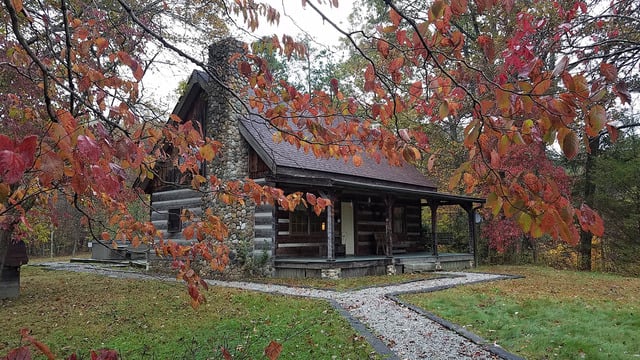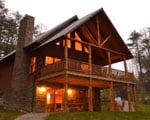MOHICAN STATE FOREST
Mohican-Memorial State Forest is located in southern Ashland County, midway between Columbus and Cleveland. It is easily reached from I-71 and State Routes 97 and 3. The natural attributes of the area combined with state and nearby commerical facilities have made this region one of the more popular year-round attractions of the state. Mohican-Memorial State Forest is managed under the multiple-use concept for timber and wildlife habitat, forestry research and demonstrations of good forest land management, primitive recreation and natural beauty, tree seed for forest nurseries and protection of soils and watershed. Timber products obtained from harvest, stand improvement and thinning operations include saw logs, veneer logs with some pulpwood and firewood. Pine plantation thinnings yield fence and guard posts and poles. During the spring and fall fire seasons, a major objective of the forest organization is to prevent, detect and suppress wildfires that occur on state and private land within the protection district. The many gas wells and transmission lines that you see are a result of the development of a natural gas storage field underlying the forest. Land acquisition for the forest began in 1928 and has continued with the accumulation of over 4,500 acres (exclusive of state park land). The land use history of the forest is typical of eastern Ohio. Original forests were cleared for agriculture, but eventually erosion ensued and fertility decreased. Farms were abandoned and subsequently reverted to brush and woodland. At the time of acquisition, planting of trees on abandoned land was a high priority activity. This resulted in the many plantations of white and red pine and mixtures of these and other pine species that you see today. Much of the tree planting was done by personnel of the Civilian Conservation Corps whose camp was located on the the forest during the 1930s. Native hardwood of the oak-hickory and beech-maple types and associated species of gum, aspen, ash, cherry and walnut occur on unplanted areas. Native white pine and hemlock are also found.
GeneralLand, acres4,498
Day-UseHiking Trail, miles24
Mountain Bike Trailsyes
Bridle Trails, miles22
WinterSnowmobilingyes



